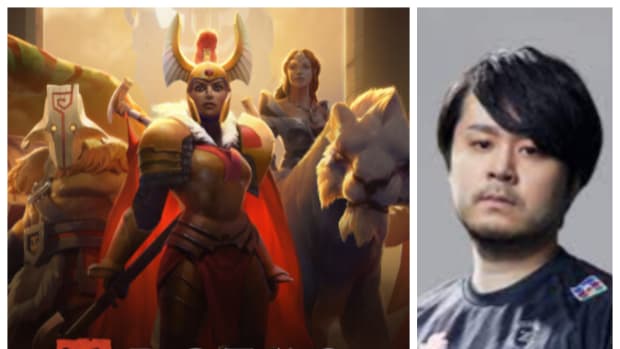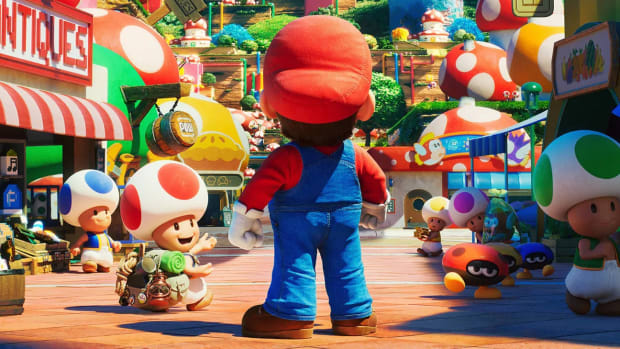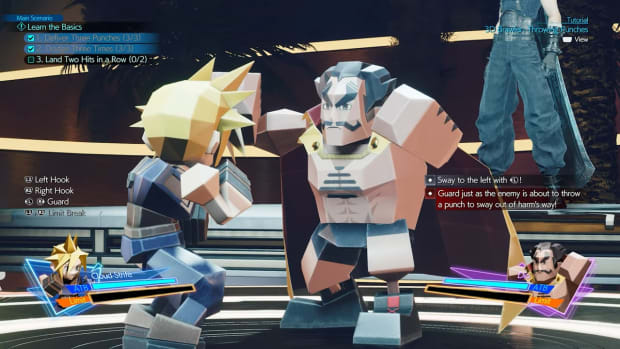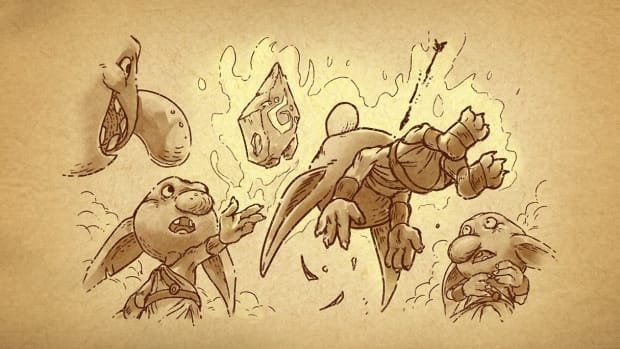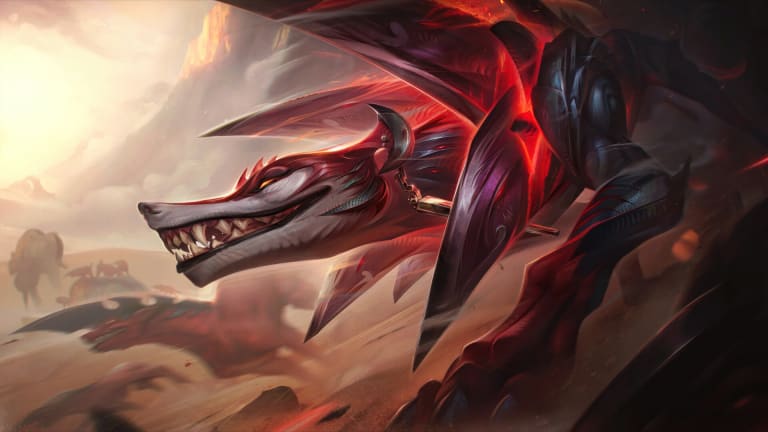
TFT Ranked System Explained — Tiers, Resets, Leaderboards

With the ranked reset right around the corner for Teamfight Tactics’ last mid-set update, TFT Runeterra Reforged: Horizonbound, players may need a refresher on how the ranked system works in Riot Games’ hit auto battler.
Before hitting the convergence when Teamfight Tactics Set 9.5 launches on Patch 13.18, take a look at our TFT Set 9.5 ranked explainer.
Ranked Tiers in Teamfight Tactics
The ranked system in TFT is almost identical to League of Legends. In fact, if it wasn't for League’s addition of Emerald rank, the TFT ladder would look the exact same. With that said, here is the ranked tier breakdown for TFT
- Iron
- Bronze
- Silver
- Gold
- Platinum
- Diamond
- Master
- Grandmaster
- Challenger
Although the ranked tiers function the same (each having four divisions until Master), the way LP is earned is different. Players just need to place in the top four of a game to receive LP with more LP being rewarded for higher placements. However, with LP gains for the top four, there are LP losses for the bottom four that also scale meaning that a player might receive 50 LP for a first place but also might lose 50 LP for an eighth place.
The only constant is that getting fourth place will always reward at least 10 LP. Also, once a player reaches a new tier, they cannot demote back below that tier. This means that if a player reaches Diamond, they can lose 100 games at 0 LP Diamond 4 and will still remain Diamond. However, their MMR will continue to drop with poor performances making it very hard to climb due to very poor LP gains and absurd LP losses.
There are no promotional series in TFT meaning once a player reaches 100 LP in a division, they will automatically proceed to the next highest tier with one exception being Master and above
How does Master/Grandmaster/Challenger work?
Once a player reaches Master rank, LP scales infinitely. Instead of reaching an LP threshold, players in Masters and above are competing for a number rank with the difference between Master, Grandmaster and Challenger just being how many people are above or below a player.
There is an LP floor that one must have to reach the minimum LP required to hit Grandmaster and Challenger. A player must have at least 250 LP to qualify for Grandmaster and at least 500 to qualify for Challenger.
However, these minimums will likely not nearly be good enough to qualify for these respective ranks as the season goes on. That’s because there are a set number of spots available for Grandmaster and Challenger at any given time.
The top 250 players in a region will be placed into Challenger with the top 500 players right below Challenger being put into Grandmaster for a total of 750 players, any player below those players will automatically be put in Master.
Every 24 hours, the ladder calculates the current LP thresholds to qualify for each tier and adjusts players accordingly. Meaning that on one day it could take 550 LP to qualify for Grandmaster and the next day it could be 560 LP.
Ranked Resets
Ranked resets at the beginning of each expansion and the beginning of each mid-set update. TFT Set 9.5 will be the last time a mid-set update occurs meaning it will be the last time a soft reset will occur.
At the beginning of an expansion, TFT hard resets rank back down Iron but MMR does remain intact meaning that although a player might have harder lobbies being reset back down to Iron, they will have way faster gains for placing well.
For mid-set updates, players will only be reset one full tier below their end rank. This means that if a player finishes Set 9 in Diamond 1, they will be pushed back to Platinum 1. For players Master tier or above, they will automatically be placed in Diamond 4.

